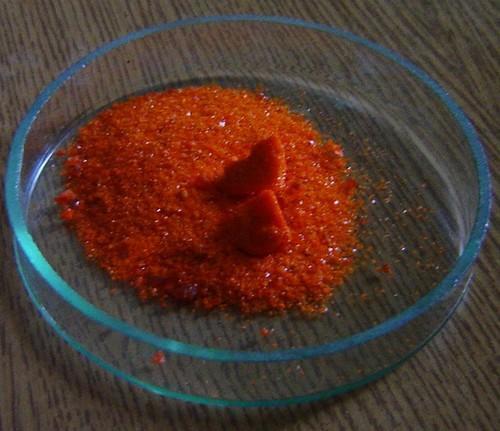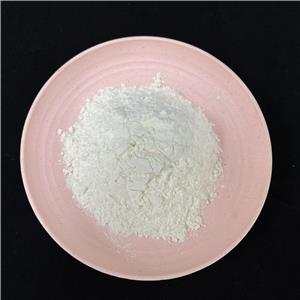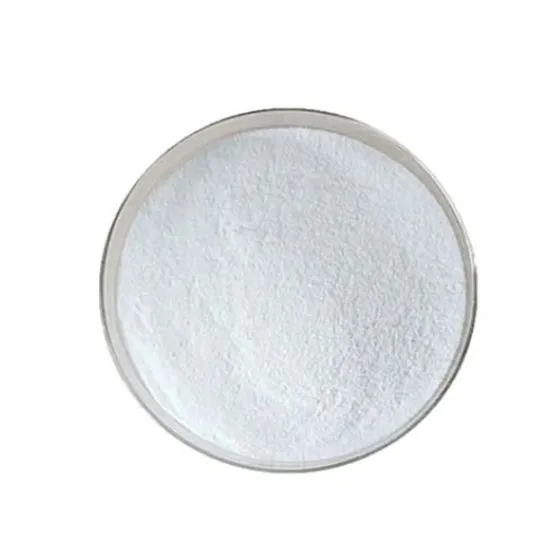Description
Dimedone: A Versatile Cyclic Diketone with a Wide Range of Applications
Dimedone, also known as 5,5-dimethyl-1,3-cyclohexanedione, is a fascinating cyclic diketone with a broad spectrum of applications across various scientific disciplines. This white crystalline solid, easily soluble in organic solvents, boasts a unique molecular structure lending to its versatile reactivity and widespread utility.
Chemical Properties and Reactivity:
The key to dimedone’s functionality lies in its active methylene group located between the two carbonyl groups (ketones). This highly acidic proton makes it a potent nucleophile, readily participating in various chemical reactions, including:
- Michael Addition: Dimedone readily undergoes Michael additions with α,β-unsaturated carbonyl compounds, forming new carbon-carbon bonds. This reaction is widely used in organic synthesis for constructing complex molecules.
- Knorr-Paal Synthesis: It can participate in the Knorr-Paal synthesis, yielding N-substituted pyrroles when reacted with primary amines.
- Derivatization Reactions: The active methylene group allows for easy modification and derivatization, leading to the synthesis of numerous dimedone derivatives with tailored properties.
- Tautomerism: Dimedone exists in equilibrium between its diketo and enol forms, contributing to its diverse reactivity and allowing it to participate in reactions requiring either form.
Applications Across Fields:
Based on its unique chemical properties, dimedone finds applications in diverse fields:
- Organic Synthesis: As mentioned earlier, dimedone is a valuable building block in organic synthesis. Its reactivity allows for the creation of complex ring systems, heterocyclic compounds, and various other organic molecules. It’s often used in the synthesis of biologically active compounds and pharmaceuticals.
- Analytical Chemistry: Dimedone is used as a derivatizing agent for aldehydes. The reaction produces crystalline derivatives that are easily separated and identified, allowing for accurate quantification of aldehydes in complex mixtures. This is particularly useful in environmental monitoring and food analysis.
- Polymer Chemistry: Dimedone derivatives can be incorporated into polymers to modify their properties, such as increasing their thermal stability or introducing specific functionalities.
- Biochemistry: Dimedone has been used in biochemical research as a reagent for modifying proteins and other biomolecules.
- Spectroscopy: Dimedone derivatives are often used as chromophores in spectroscopic studies, allowing for the observation and analysis of various chemical and biological processes.
- Photography: In the past, dimedone was used in photographic developers.
Advantages and Considerations:
Dimedone offers several advantages as a reagent:
- High Reactivity: Its active methylene group makes it a highly reactive and versatile compound.
- Ease of Derivatization: The ability to easily modify and derivatize dimedone allows for the creation of compounds with specific properties tailored to a particular application.
- Relatively Low Toxicity: Compared to some other reagents used in similar applications, dimedone is considered to have relatively low toxicity.
However, it’s essential to handle dimedone with care, following standard laboratory safety procedures, including:
- Wearing appropriate personal protective equipment (PPE).
- Working in a well-ventilated area.
- Consulting the Material Safety Data Sheet (MSDS) for specific handling instructions and safety precautions.
Conclusion:
Dimedone is a remarkably versatile cyclic diketone with a broad range of applications stemming from its unique chemical properties and reactivity. From organic synthesis to analytical chemistry and polymer science, dimedone plays a significant role in various scientific endeavors. Its ability to participate in diverse chemical reactions and its relative ease of handling make it a valuable tool for researchers and scientists across numerous disciplines. As research continues, we can expect to see even more innovative applications of dimedone emerge in the future.











Reviews
There are no reviews yet.